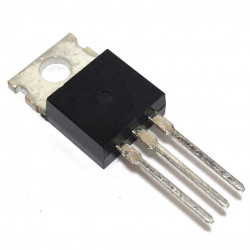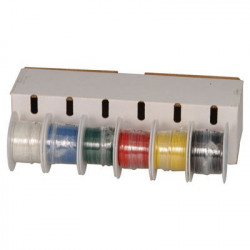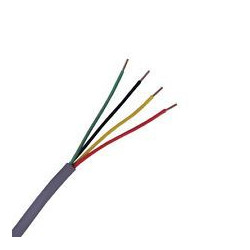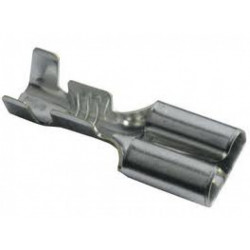

location_on 4131 Fraser St. Vancouver BC Get Directions
phone 604-875-1993 Call us
access_time Hours
| Monday - Friday | 9AM - 5:30PM |
| Saturday - Sunday & Holidays | Closed | See Holiday Hours |






The PN532 is the most popular NFC chip, and is what is embedded in pretty much every phone or device that does NFC. It can pretty much do it all, such as read and write to tags and cards, communicate with phones (say for payment processing), and 'act' like a NFC tag. If you want to do any sort of embedded NFC work, this is the chip you'll want to use!
NFC (Near Field Communications) is a way for two devices very close to each other to communicate. Sort of like a very short range bluetooth that doesn't require authentication. It is an extension of RFID, so anything you can do with RFID you can do with NFC. You can do more stuff with NFC as well, such as communicate bi-directionally with cell phones
Because it can read and write tags, you can always just use this for RFID-tag projects. We carry a few different tags that work great with this chip. It can also work with any other NFC/RFID Type 1 thru 4 tag.
The PN532 is also very flexible, you can use TTL UART at various baud rates, I2C or SPI to communicate with it. This chip is also strongly supported by libnfc, simply plug in an FTDI cable and use the FTDI serial port device to communicate - this lets you do NFC dev using any Linux/Mac/Windows computer! We also include onboard power LED, 3.3V regulator and an FTDI header so you can plug in a Foca USB to Serial Converter and use with libnfc.
Comes with: the PN532 breakout board including a tuned 13.56MHz stripline antenna, 0.1" headers (not all are soldered), level shifter circuitry and 1 x 13.56MHz card and 1 x 13.56MHz key fob.
We recommend using the module in i2c mode and using the Adafruit PN532 Library that can be installed directly from the Arduino IDE. Just make sure to uncomment the lines for i2c in the example code and comment the IRQ and RESET to pins 2 and 3 respectively.








